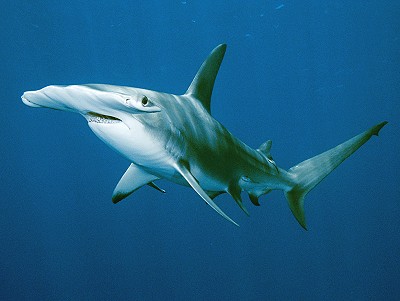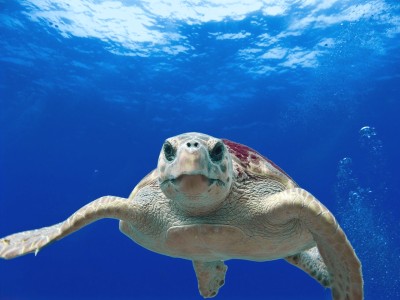 Eine von je sechs Arten in "Findet Nemo" ist vom Aussterben bedroht, sagen Forscher.
Eine von je sechs Arten in "Findet Nemo" ist vom Aussterben bedroht, sagen Forscher.
Das Meer erlebt eine Krise der biologischen Vielfalt. Die Wissenschaftler wollten wissen, ob Bekanntheit der Charaktere in "Findet Nemo" zu einem besseren Schutz verhalf. Leider waren 16%, der vertreten und auf ihren Erhaltungszustand analysiert 1.568 Arten, vom Aussterben, zB ist die Hälfte der 8 Spezies von Hammerhaie (Anker) bedroht.
Except for marine turtles, many species are not well studied for their conservation status. So there is some uncertainty about the degree of threat. Invertebrates, such as sea stars, crabs, bivalves and gastropods are particularly poorly studied.
But where studies are available, they are often point to rather high levels of extinction threat. For example, all six species of turtles (Squirt, Crush) are in that category.
 Despite the immensity of the ocean, quite a number of fish species are also threatened, particularly Geat whites and mako sharks (Bruce, Chum), but also eagle rays (Mr. Ray). Clownfish Nemo himself is suffering from those threats.
Despite the immensity of the ocean, quite a number of fish species are also threatened, particularly Geat whites and mako sharks (Bruce, Chum), but also eagle rays (Mr. Ray). Clownfish Nemo himself is suffering from those threats.
When analysing the reasons for poor conservation status of species, fisheries turn out to be the single most important, followed by climate change and habitat destruction. Sharks and rays decline as dramatically as they do almost exclusively because of fishing. The warming of surface waters affects e.g. coral leading to bleaching and thus destruction of habitat of reef associated fish and invertebrate species. Pollution and development also affects these nearshore species.
Species carrying out wide-ranging migrations like turtles and marine birds face a much broader range of threats. Not only do they drown in fishing nets, but their nest are being robbed, they may starve to death from ingesting plastic they mistake for food or their habitat during other stages of the life cycle may be affected by changes in the land and the oceanic environments.
In summary, comparatively poor knowledge about the conservation status of marine animals translates into hazards for even prominent species. It is a confirmation of the trend that we don't protect what we don't know and a good reason to spend more time and resources on studying the ocean and its wonderful creatures to avoid losing them.
To read the scientific article click here. Food for thought not only for World Oceans Day (8 June). The reference is
Loren McClenachan, Andrew B. Cooper, Kent E. Carpenter, & Nicholas K. Dulvy. Extinction risk and bottlenecks in the conservation of charismatic marine species. Conservation Letters 5 (2012) 73–80.








